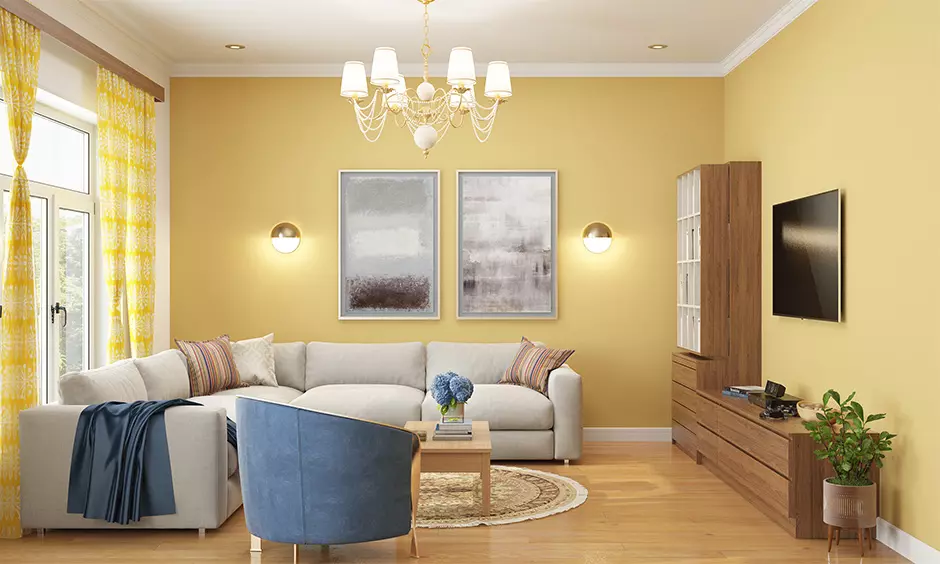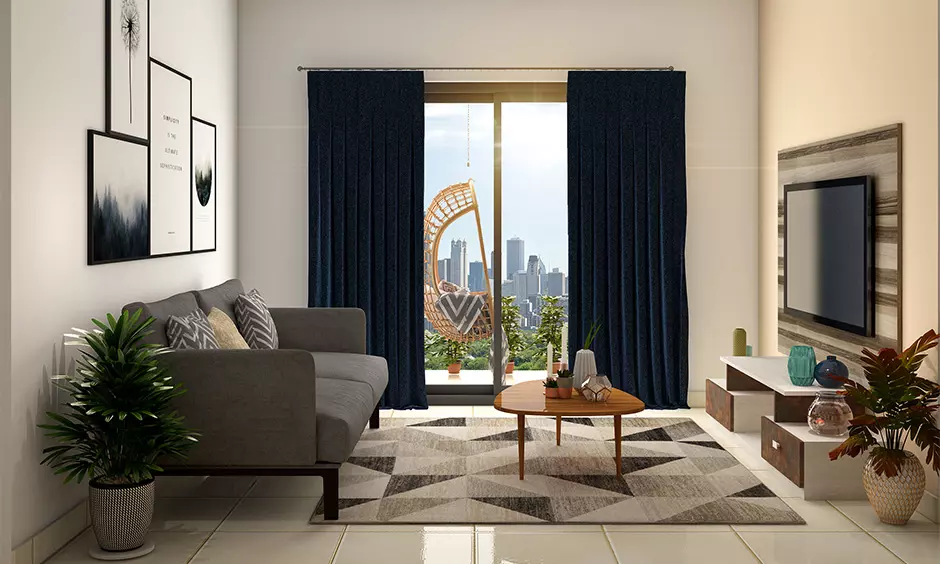Interior design basics are the foundation of creating a beautiful and functional space. While we may appreciate the visual appeal of a well-designed room, there is more to interior design than meets the eye. Today, we will delve into the five fundamental concepts of interior design that often go unnoticed but play a crucial role in crafting a space that stands out.
Balance: The Art of Equilibrium
Achieving balance in interior design is all about creating a sense of harmony and equilibrium. However, balance does not necessarily mean everything has to be symmetrical. There are three types of balance: symmetrical, asymmetrical, and radial.
-
Symmetrical balance involves creating a mirror image effect in a room, such as having matching armchairs on either side of a sofa.
Xem thêm: -
Asymmetrical balance embraces a more contemporary and creative approach, where balance is achieved by using different objects. For example, balancing a sofa on one side with two chairs on the other.
-
Radial balance involves multiple elements radiating from the center, creating a visually pleasing effect.
 The balance of a room’s interiors is in the details
The balance of a room’s interiors is in the details
Scale: The Key to Functionality
Scaling is crucial in interior design as it determines how objects within a space relate to one another. The size of furniture, for instance, should be proportionate to the size of the room. Proper scaling ensures that a space remains accessible and functional without feeling cramped or overwhelming.
Designers often utilize scaled floor plans to visualize how different elements will fit into a room. This approach helps them select the right furniture size, ensuring a harmonious and functional design.
 Scaling decides the object placement in a room
Scaling decides the object placement in a room
Harmony: Creating Unity in Design
Harmony is all about creating a sense of unity within a space. It can be achieved through elements like color, texture, and materials. Without harmony, a space can appear disjointed and illogical.
By incorporating a single color that appears in different elements throughout the room, you can establish a cohesive look. This sense of connection and coherence fosters a pleasant and inviting atmosphere.
 Colors, textures, and materials help achieve harmony
Colors, textures, and materials help achieve harmony
Rhythm: Creating Flow and Navigation
Rhythm is the element that adds flow and navigation to a space, guiding the eye and creating a sense of movement. There are various types of rhythm:
-
Radiation: Using a round table with chairs radiating from its center.
-
Transition: Repeating a design pattern in different spots to facilitate eye movement.
-
Simple repetition: Repeating a specific color throughout the interiors.
 Ceiling panels guide the design in this room
Ceiling panels guide the design in this room
Focal Point: The Heart of Design
A focal point is a central element that anchors the design of a room. It serves as the main character, around which the rest of the design revolves. By selecting a focal point, such as a wall-mounted TV unit, designers can shape the entire room's design and arrangement.
Having a focal point provides a starting point for the interior design and ensures a cohesive and captivating space.
 A room is usually designed around a focal point
A room is usually designed around a focal point
Armed with these fundamental concepts, you can now embark on your interior design journey with confidence. Remember, balance, harmony, scale, rhythm, and focal point are the building blocks that transform a space into a work of art.
Common FAQs Related to the Basics of Interior Design
-
What are the basic elements of interior design?
- Lines
- Color
- Texture
- Form
- Pattern
- Light
-
What are the four main factors that impact interior design?
- Aesthetics
- Ergonomics
- Lifestyle
- Budget
-
What are symmetry and balance? Symmetry is a form of balance in which a space can be divided into two mirror-image halves, with each half being a replica of the other.
These basic concepts of interior design unlock the complexities behind crafting a well-designed room. Pay attention to these elements in your home design, and watch your space come alive with beauty and functionality.

















